 您的购物车当前为空
您的购物车当前为空
蛋白酶底物
蛋白酶底物染料是专为检测蛋白酶活性设计的化合物,通常由可被特定蛋白酶识别切割的肽段与显色或荧光团连接而成。当蛋白酶作用于底物时,释放出显色或荧光信号,从而实现对蛋白酶活性的定量分析。这类染料广泛应用于细胞内蛋白酶活性研究、药物筛选及疾病诊断中。
- 4-MUNANA4-Methylumbelliferyl-N-acetyl-α-D-Neuraminic Acid sodium saltT3812076204-02-94-MUNANA(4-Methylumbelliferyl-N-acetyl-α-D-Neuraminic Acid sodium salt) 是用于神经氨酸酶 (neuraminidase) 活性测定的荧光底物,是神经氨酸酶底物类似物。
- ¥ 328
规格数量 - Nitro blue tetrazolium chloride氯化硝基四氮唑兰, NBTT19032298-83-9Nitro blue tetrazolium chloride (NBT) 是一种脱氢酶底物,能够与碱性磷酸酶底物 BCIP 一起用于 western blotting 和免疫组化染色。
- ¥ 169
规格数量 - ABTS diammonium saltAzBTS-(NH4)2, 2,2'-联氮双(3-乙基苯并噻唑啉-6-磺酸)二铵盐T1890830931-67-0ABTS diammonium salt (AzBTS-(NH4)2) 是辣根过氧化物酶的底物。
- ¥ 181
规格数量 - Boc-Gln-Ala-Arg-AMC hydrochlorideT74040201849-55-0Boc-Gln-Ala-Arg-AMC hydrochloride 是一种荧光化合物,可作为胰蛋白酶 (trypsin)的底物,也可用于测定 TMPRSS2 的蛋白水解活性。
- ¥ 497
规格数量 - 4-Methylumbelliferyl oleate4-甲基伞形酮油酸酯T7838618323-58-54-Methylumbelliferyl oleate 是脂肪酶的荧光底物(Ex/Em=320/450 nm),可被脂肪酶裂解,可测定胰腺抑制活性。
- ¥ 298
规格数量 - X-Gluc Dicyclohexylamine5-溴-4-氯-3-吲哚基-beta-D-葡糖苷酸环己胺盐, 5-Bromo-4-chloro-3-indolyl-beta-D-glucuronide cyclohexylammonium saltT1907618656-96-7X-Gluc Dicyclohexylamine (5-Bromo-4-chloro-3-indolyl-beta-D-glucuronide cyclohexylammonium salt) 是一种检测β-葡萄糖醛酸酶的试剂,可用于分子生物学实验中对靶基因的表达进行标记和选择。
- ¥ 141
规格数量 - BCIPX-phosphate p-toluidine salt, BCIP p-toluidine salt, 5-溴-4-氯-3-吲哚基磷酸酯对甲苯胺盐T189236578-06-9BCIP (BCIP p-toluidine salt) 是一种显色底物,可用于碱性磷酸酶活性的比色法检测。
- ¥ 125
规格数量 - Ac-YVAD-AFCT78431219137-85-6Ac-YVAD-AFC是一种用于检测caspase-1的荧光肽底物,被切割后放出荧光分子AFC,激发波长400 nm,发射波长505 nm。
- ¥ 289
规格数量 - Z-IETD-AFCT36333219138-02-0Z-IETD-AFC 是 caspase-8 和颗粒酶 B 的荧光底物,可用于定量半胱天冬酶-8 或颗粒酶 B 的活性。
- ¥ 619
规格数量 - MeOSuc-AAPV-AMCMeOSuc-Ala-Ala-Pro-Val-AMCT3836472252-90-5MeOSuc-AAPV-AMC (MeOSuc-Ala-Ala-Pro-Val-AMC)是人类白细胞和猪胰腺弹性蛋白酶的荧光底物,是一种四肽。
- ¥ 148
规格数量 - Dansylcadaverine丹酰尸胺, Monodansyl cadaverineT1896810121-91-2Dansylcadaverine (Monodansyl cadaverine) 是谷氨酰胺转胺酶的高亲和力底物,能阻断受体介导的多种配体的内吞作用。它是一种用于标记自噬空泡的荧光探针。
- ¥ 119
规格数量 - 4-Methylumbelliferyl-β-D-glucuronide hydrateMUG, 4-甲基伞形酮-Β-D-葡糖苷酸二水合物T18887881005-91-04-Methylumbelliferyl-β-D-glucuronide hydrate (MUG) 是一种荧光底物 (λex=362 nm,λem=445 nm)。
- ¥ 108
规格数量 - IDT307IDT 307T385161141-41-9IDT307 是 MPP+ 的荧光类似物,是 DAT 的荧光底物 (荧光底物 APP+),可用于快速鉴定和表征 PMAT 抑制剂。
- ¥ 185
规格数量 - BCDA酯酶显色底物-1, 5-bromo-4-chloroindoxyl acetateT188803252-36-6BCDA (5-bromo-4-chloroindoxyl acetate) 是酯酶的显色底物,可有效检测酯酶的活性。
- ¥ 273
规格数量 - Msr-RatioMsr-Ratio, Msr-greenT398172290635-22-0In houseMsr-Ratio(Msr-green)(Msr-green)是一种专为检测甲硫氨酸亚砜还原酶(MSR)活性而特别设计的比率荧光探针。其激发波长为375 nm,发射波长为550 nm。该探针能够在体外及活细胞内监测酶活性,对于研究MSR功能而言,是一种宝贵的工具。
- ¥ 251
规格数量
- 5-Bromo-4-chloro-3-indoxyl-beta-D-cellobiosideT60017177966-52-85-Bromo-4-chloro-3-indoxyl-beta-D-cellobioside 是用于检测纤维生物水解酶的显色化合物。
- ¥ 120
规格数量
- EDANS sodiumN-(Aminoethyl)-5-naphthylamine-1-sulfonic Acid Sodium Salt, EDANS sodium salt, EDANS sodium salt [5-((2-Aminoethyl)amino)naphthalene-1-sulfonic acid, sodium salt], 5-(2-氨乙基氨)-1-萘磺酸钠盐, 5-(2-Aminoethylamino)-1-naphthalenesulfonic acid sodium saltTD0082100900-07-0EDANS sodium (5-(2-Aminoethylamino)-1-naphthalenesulfonic acid sodium salt) 是开发基于 FRET 的核酸探针的供体,该探针广泛用于实时 PCR 测定。
- ¥ 287
规格数量 - Mca-YVADAP-Lys(Dnp)-OHT76090189696-01-3Mca-YVADAP-Lys(Dnp)-OH是caspase-1和ACE2(血管紧张素转换酶 2) 的荧光底物,用于检测酶活,被切割后Mca基团释放荧光信号,激发/发射波长约为365/440nm。
- ¥ 1300
规格数量 - Gly-Gly-AMCH-Gly-Gly-AMCT82281208645-74-3Gly-Gly-AMC (H-Gly-Gly-AMC) 是组织蛋白酶 C 的荧光底物,可用于定量组织蛋白酶 C 活性。
- ¥ 812
规格数量 - 6-alkyne NAD+ sodiumβ-Nicotinamide-N6-propargyladenine dinucleotide sodium, Click Tag 6-alkyne NAD sodium, 6-Parg NAD sodium, 6-alkyne Nicotinamide adenine dinucleotide sodiumT837996-alkyne NAD+ sodium (6-Parg NAD sodium) 是一种可点击的信号分子及酶辅因子NAD+形式。它与荧光标签联用,用于检测聚(ADP-核糖)聚合酶(PARP)蛋白质底物。
- ¥ 9990
规格数量 - Boc-Val-Pro-Arg-MCA hydrochlorideBoc-Val-Pro-Arg-MCA HClT7840970375-24-5Boc-Val-Pro-Arg-MCA hydrochloride (Boc-Val-Pro-Arg-MCA HCl) 为测定胰蛋白酶样丝氨酸蛋白酶 (trypsin-like serine proteases) 活性的敏感荧光底物。
- ¥ 913
规格数量 - Mca-PLAC(p-OMeBz)-WAR(Dpa)-NH2Mca-PLAC(p-OMeBz)-WAR(Dpa)-NH2T370251926163-82-7Mca-PLAC(p-OMeBz)-WAR(Dpa)-NH2 is a fluorogenic substrate for matrix metalloproteinase-14 (MMP-14). Upon cleavage by MMP-14, 7-methoxycoumarin-4-acetyl (Mca) is released and its fluorescence can be used to quantify MMP activity. Mca displays excitation/emission maxima of 328/420 nm, respectively.
- ¥ 5770
规格数量









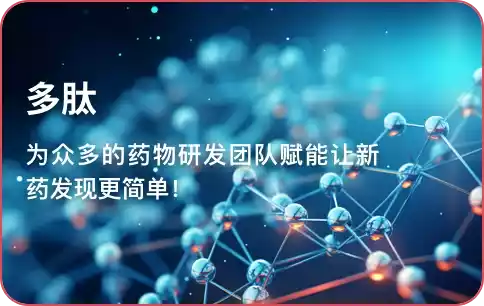





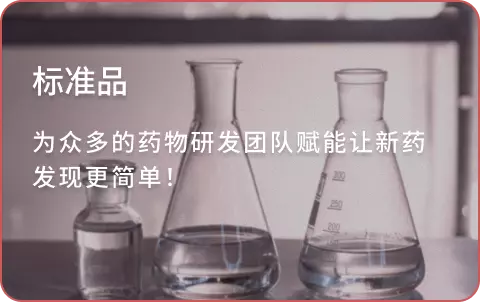
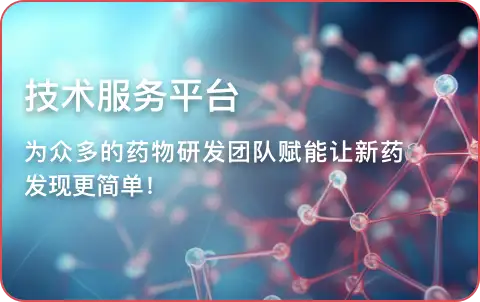
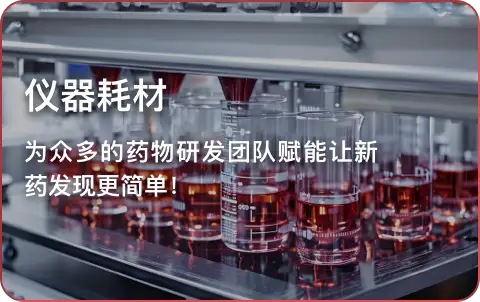

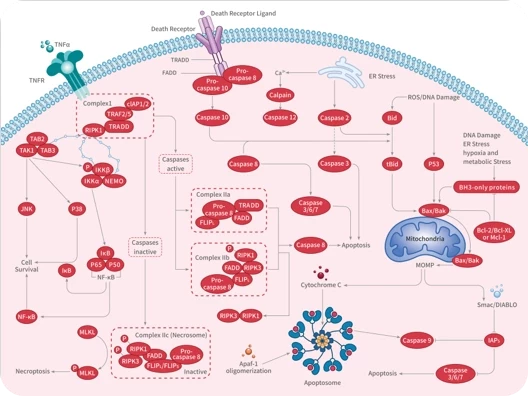
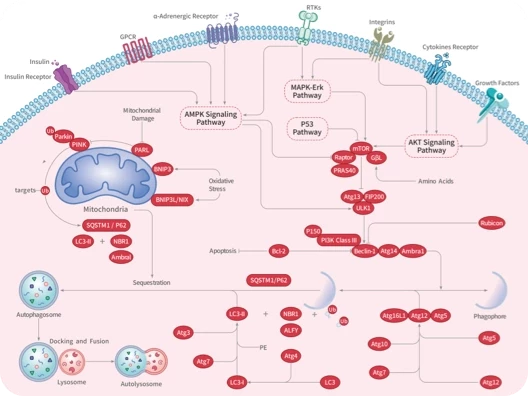

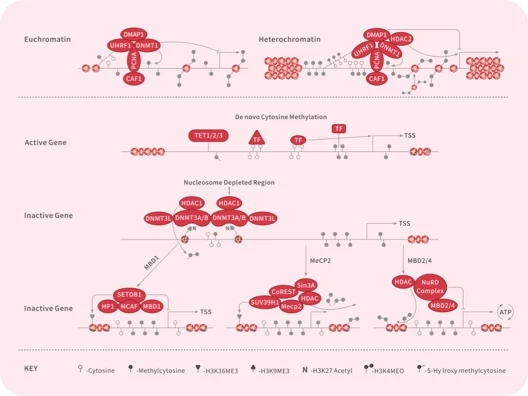
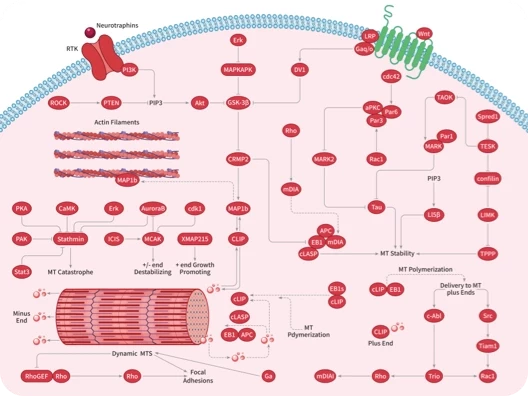
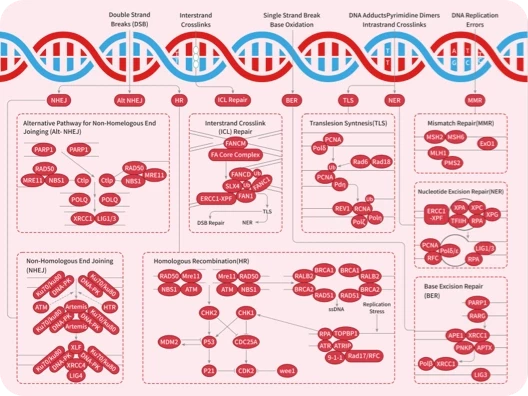
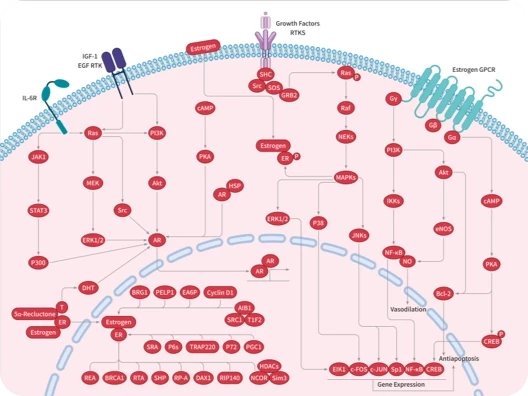
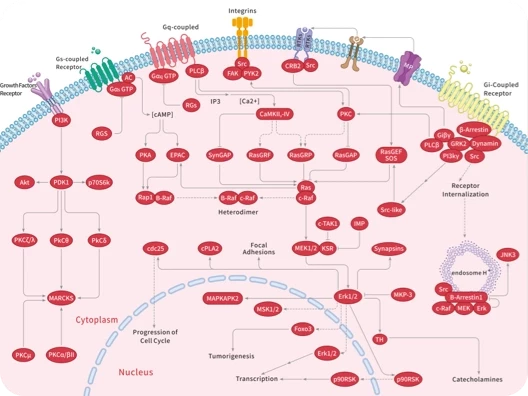
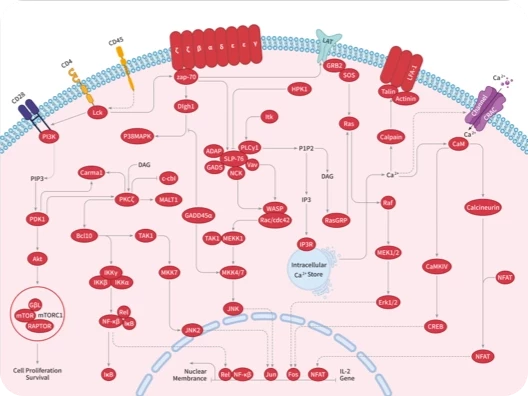
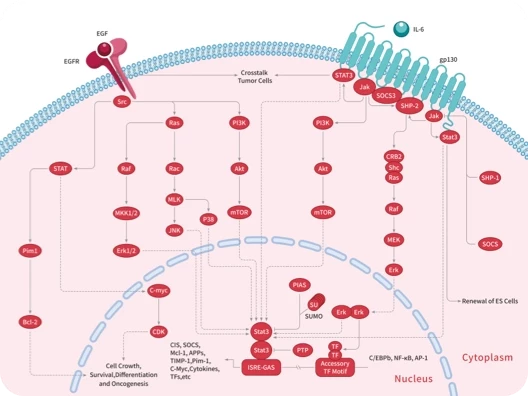
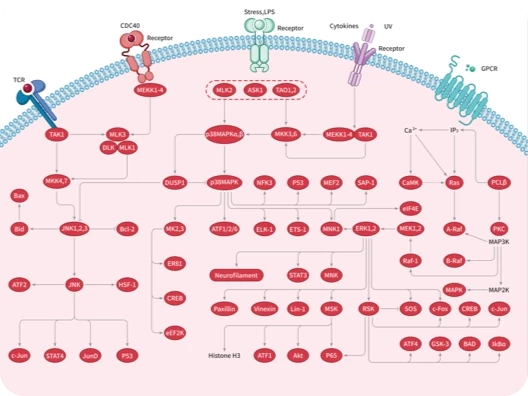
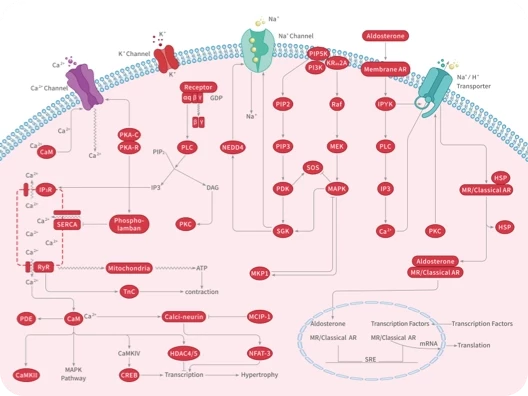
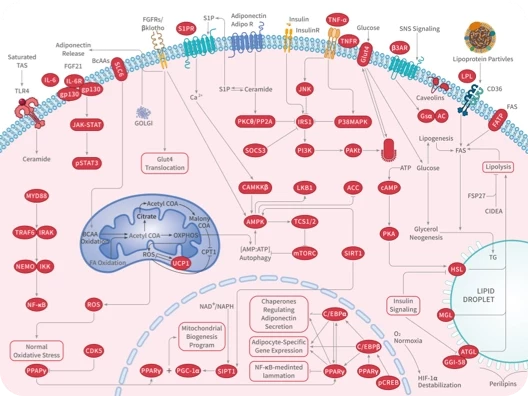
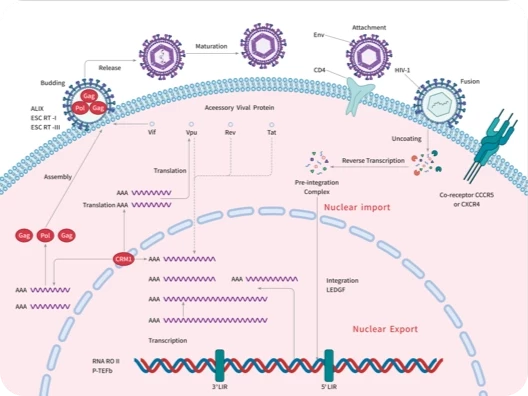

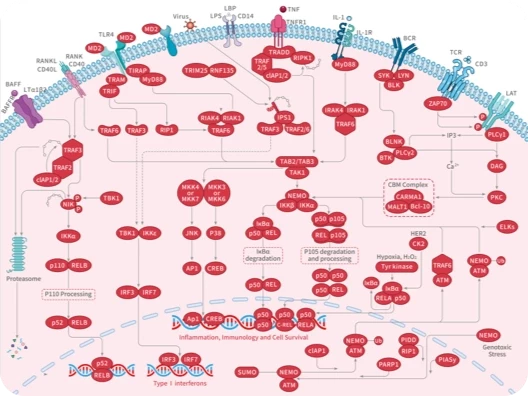





 |
|